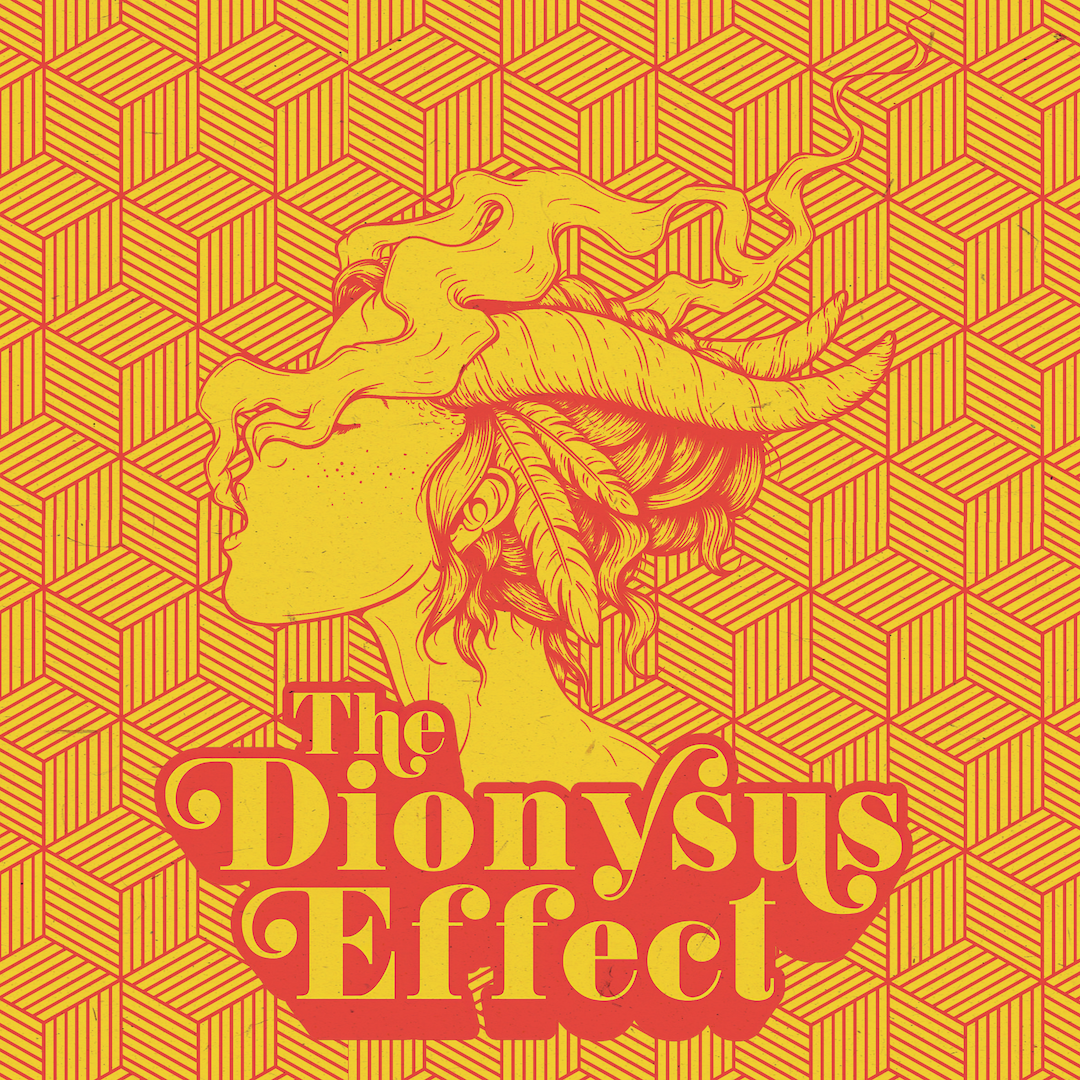Canadian drummer, producer, and historian Quinn Downton, under the alias Cries for Colour, presents a compelling new project that is both personal and historically rich. His upcoming album, Yellow Sands; Or, Eight Tales of Pixie Mischief, set to release on October 25th, is an immersive experience that blends psychedelic rock with dream pop and dark indie textures that creates a soundscape that feels otherworldly and introspective. The multi-layered album weaves history, personal struggle, and eclectic instrumentation into an intricate and moving sonic tapestry.
A major part of what makes Yellow Sands; Or, Eight Tales of Pixie Mischief stand out is its origin story. The album draws inspiration from Quinn’s research into the life of Richard Dadd, a 19th-century British painter whose descent into madness and fascination with fairies left a lasting mark on Victorian culture. The historical underpinning not only informs the album’s concept but also gives it an air of timelessness. Quinn’s academic background as a cultural and gender historian brings a unique depth to his songwriting and offers something intellectually rich without being heavy-handed.
At the same time, the album is personal. Quinn’s partner was diagnosed with advanced stage throat and lung cancer in mid-2023, the emotional weight of that experience seeped into the album’s lyrics and overall mood. Themes of illness, madness, and coping with personal turmoil permeate the songs. They create a work that is as much about the fragility of life as it is about historical narratives. This is reflected in the album’s sound, which shifts between ethereal and fragile melodies and moments of cosmic post-rock grandeur.
One of the highlights of Yellow Sands; Or, Eight Tales of Pixie Mischief is the contribution of fretless bassist Colin Edwin, best known for his work with Porcupine Tree. Colin’s fluid, sub-frequency-rich bass lines add an extra layer of sophistication and texture to the album. From the title track “Yellow Sands” to the hauntingly expansive “Sleeper,” his playing creates an atmospheric backbone that anchors the album’s ethereal sound.
Another element that makes Yellow Sands; Or, Eight Tales of Pixie Mischief truly unique is Quinn’s use of early 20th-century instruments and voices woven subtly into the production. These touches create a sense of nostalgia, as if one is peering into the past while confronting the themes of the present. It’s this blending of time periods, combined with the album’s genre-bending approach, that makes the album feel both fresh and timeless.
The production is masterfully handled, and its final polish comes courtesy of Noah Mintz, a renowned mastering engineer whose credits include albums from Metric, King Gizzard & The Lizard Wizard, and Broken Social Scene. He ensures that the sonic landscapes Cries for Colour creates are crisp and immersive and draws one into every intricate layer.
Yellow Sands; Or, Eight Tales of Pixie Mischief is an album worth diving into for anyone who enjoys music that pushes boundaries and explores the edges of genre. It’s an album born of history, but infused with the personal struggles and triumphs of its creator. Whether you’re a fan of lush, psychedelic rock, or a listener looking for something with a deep emotional undercurrent, Yellow Sands; Or, Eight Tales of Pixie Mischief offers something memorable and unexpected.


























